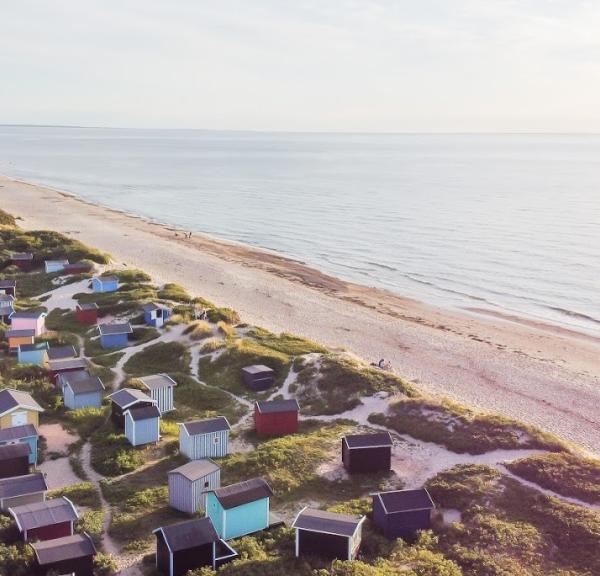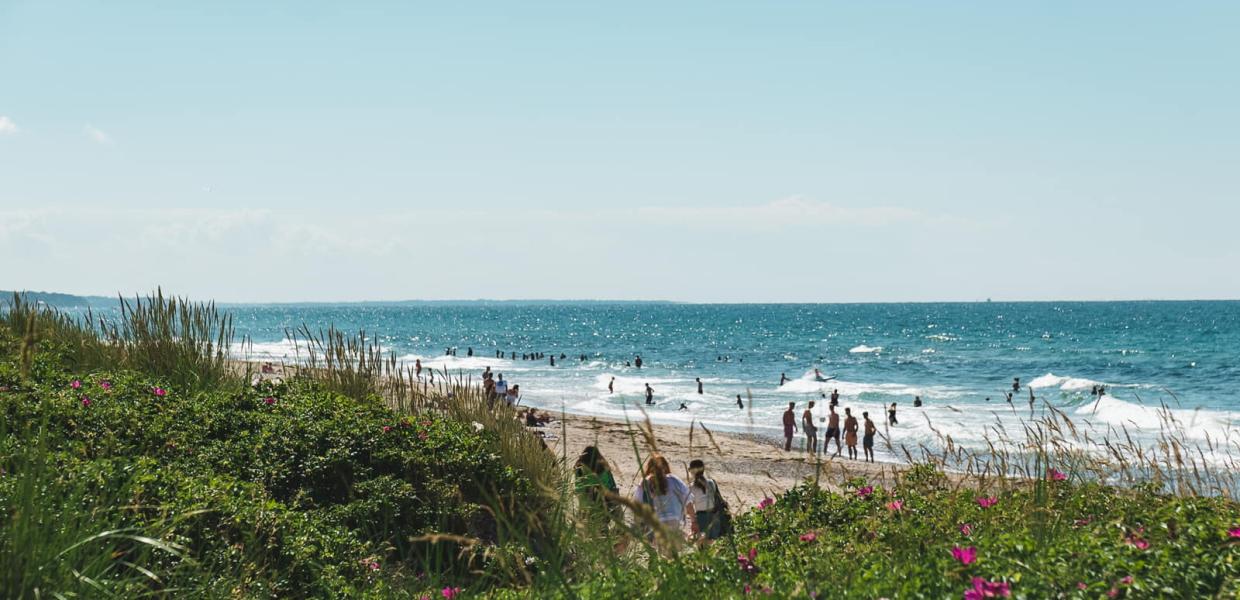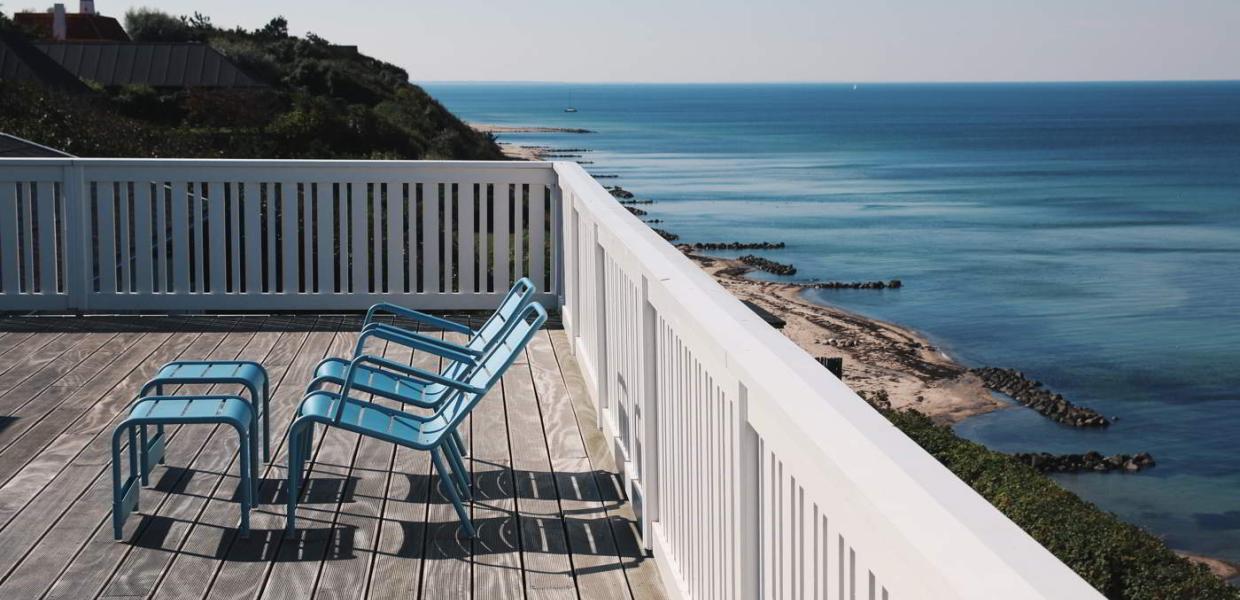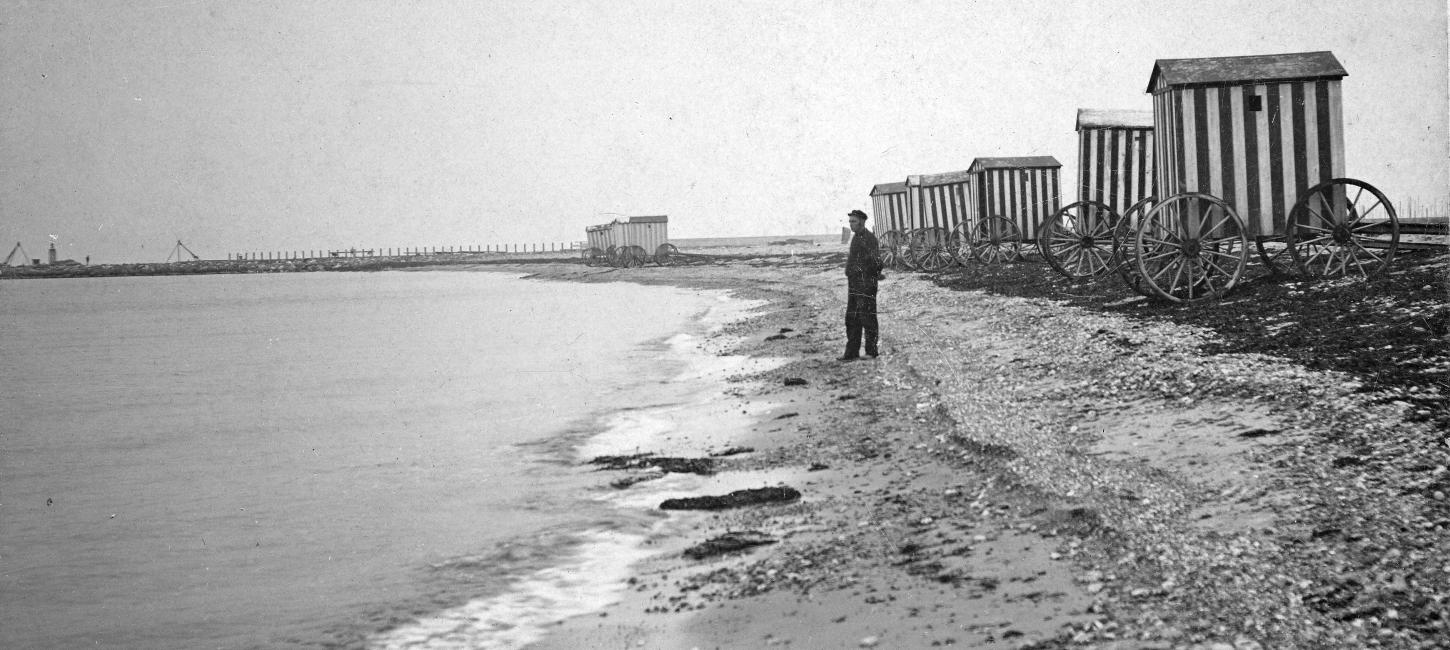
The Danish Riviera - One of Denmark´s oldest bathing destinations
Coastal tourism started with The Danish Riviera. When Denmark’s cultural elite began to spend its recreational time in the country, it marked the beginning of cultural tourism in Denmark.
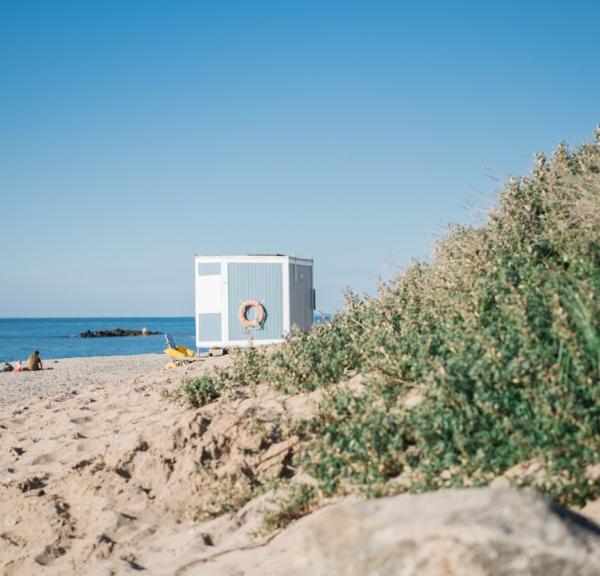
The Danish Riviera is not just a smart catchphrase for North Zealand’s coast. Neither is it a modern attempt to market the area. It defines the history of the traditional seaside holiday that has existed in the area for almost 100 years. The first tourist brochure to use the Danish Riviera was published in 1923.
Going back to the 19th century, many Copenhagen residents have taken advantage of the short distance from the capital to the countryside. The North Zealand coast welcomed the first tourists in 1847.
Well-known artists spread the message
North Zealand’s first resident was a famous capital elite member. Actress Johanne Louise Heiberg and her husband, the playwright Johan Ludvig Heiberg and some of their friends were on their way to Sølyst but chose to take an adventure in the “charming Hellebæk” instead. At Hellebæk, they could “enjoy the stillness of the lonely forest and the joy of each other’s company undisturbed”, as Johanne Louise Heiberg wrote in her memoirs.
Their circle of friends included Hans Christian Andersen and various poets and painters. Their six-week stay at Hellebæk Inn was of priceless promotional value for North Zealand’s coastal area. The sea, great expanses and green forests were very popular. Copenhagen’s prominent icons travelled north while the small fishing villages were being transformed into seaside towns.
©VisitnordseelandPhoto:Nikolaj Danielsen
Denmark’s first holiday home is located in Hornbæk
In the 1880s, the first plots of land zoned explicitly for holiday homes in Denmark were located in Hornbæk. However, these holiday homes were strictly the preserve of the upper classes.
Some of the oldest, most exclusive holiday homes are there today. Hornbæk quickly became known as the fashionable “capital” of holiday homes. Local people still talk about P.S. Krøyer and his circle of artist friends as
Hornbæk’s first tourists, even though Drachmann had already started the process when he stayed at Hornbæk Inn. The sea attracted the artists and its particular light, and they created an artistic collective, which after a time, moved further north and became known as “The Skagen Painters.”
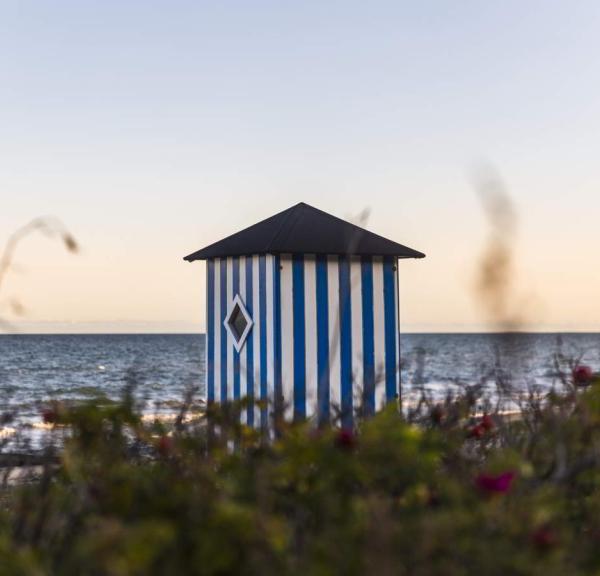
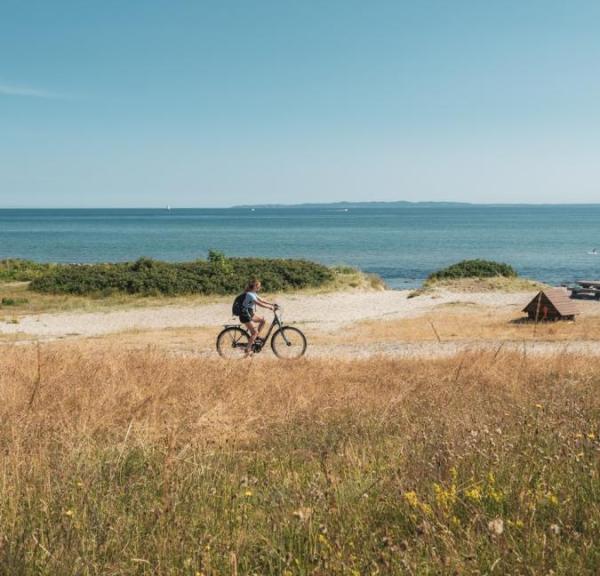
Original seaside hotels are still popular.
And not just Krøyer and Drachmann, but Søren Kierkegaard often made his way to the North Zealand coast. He is also known as Gilleleje’s first tourist. He visited for the first time in 1835 and was very attracted to the “empty” part of Gilleleje and Gilbjerg Hoved, which today has a memorial stone in his honour.
But only after the cultural elite became weary of the many summer visitors to Hornbæk did the residents of Copenhagen begin to flock to Gilleleje in numbers, and from 1896, they could book a room in Gilleleje Badehotel, one of Denmark’s original seaside hotels which still exists today.
Photo:Helenekilde Badehotel
Tourists moved yet again, this time west and in the middle of the 1880s, the first seaside boarding house opened in Tisvilde, called Tisvilde Badehotel. Inns and seaside boarding houses were everywhere in 1904; Helenekilde Hotel & Badepension was built. Originally built as a private summer home, today it is known as Helenekilde Badehotel, renovated and run by Alexander Kølpin.
Once the rail line Gribskovbanen was established, people started to build many summer homes. The coastal towns became holiday destinations at the same time that the artists and writers moved west. Hornbæk, Gilleleje and Tisvildeleje became the preserve of “ordinary people”.
The Danish Riviera is not a new phrase. The definition of a recreational area with beaches, open expanses and cultural background has attracted artists, writers and philosophers, who have found inspiration in the countryside for over 200 years. Today, its artistic beginnings and the wonderful country continue to attract many tourists who spend their holidays in North Zealand, all along the Danish Riviera.
Source: “Ferie ved havet – hvilken rigdom” af Jørgen Hansen, Tex Tour 2013
